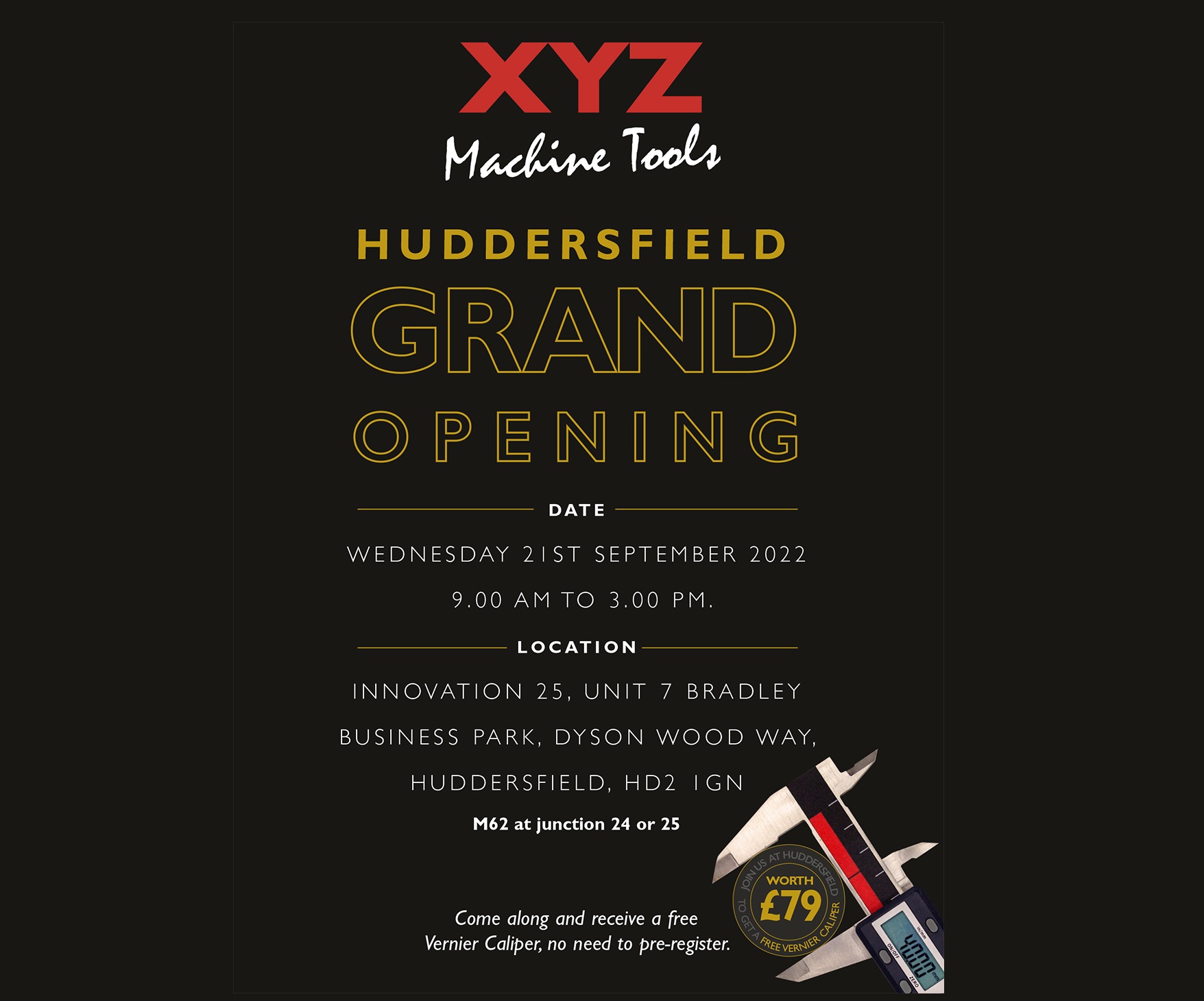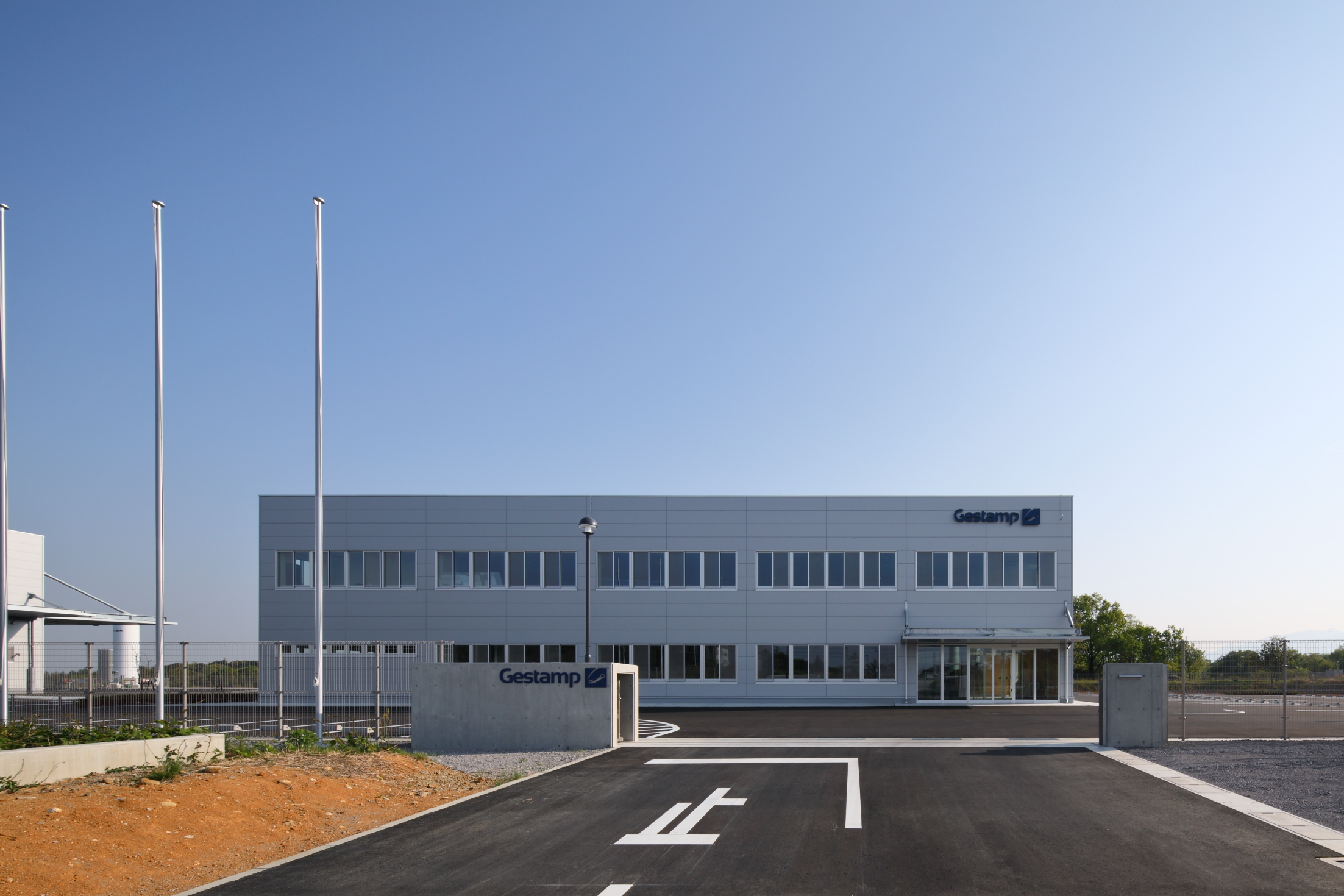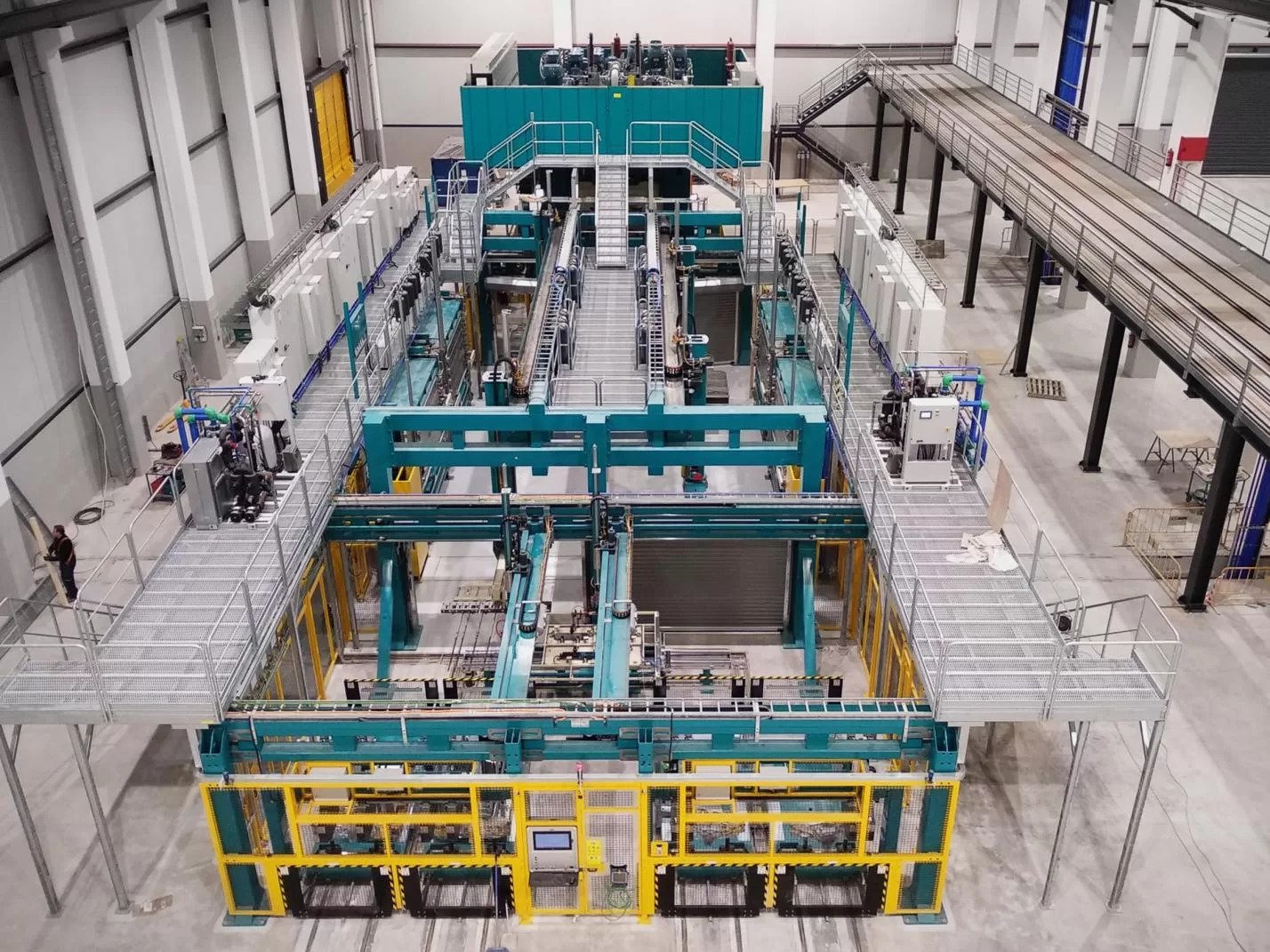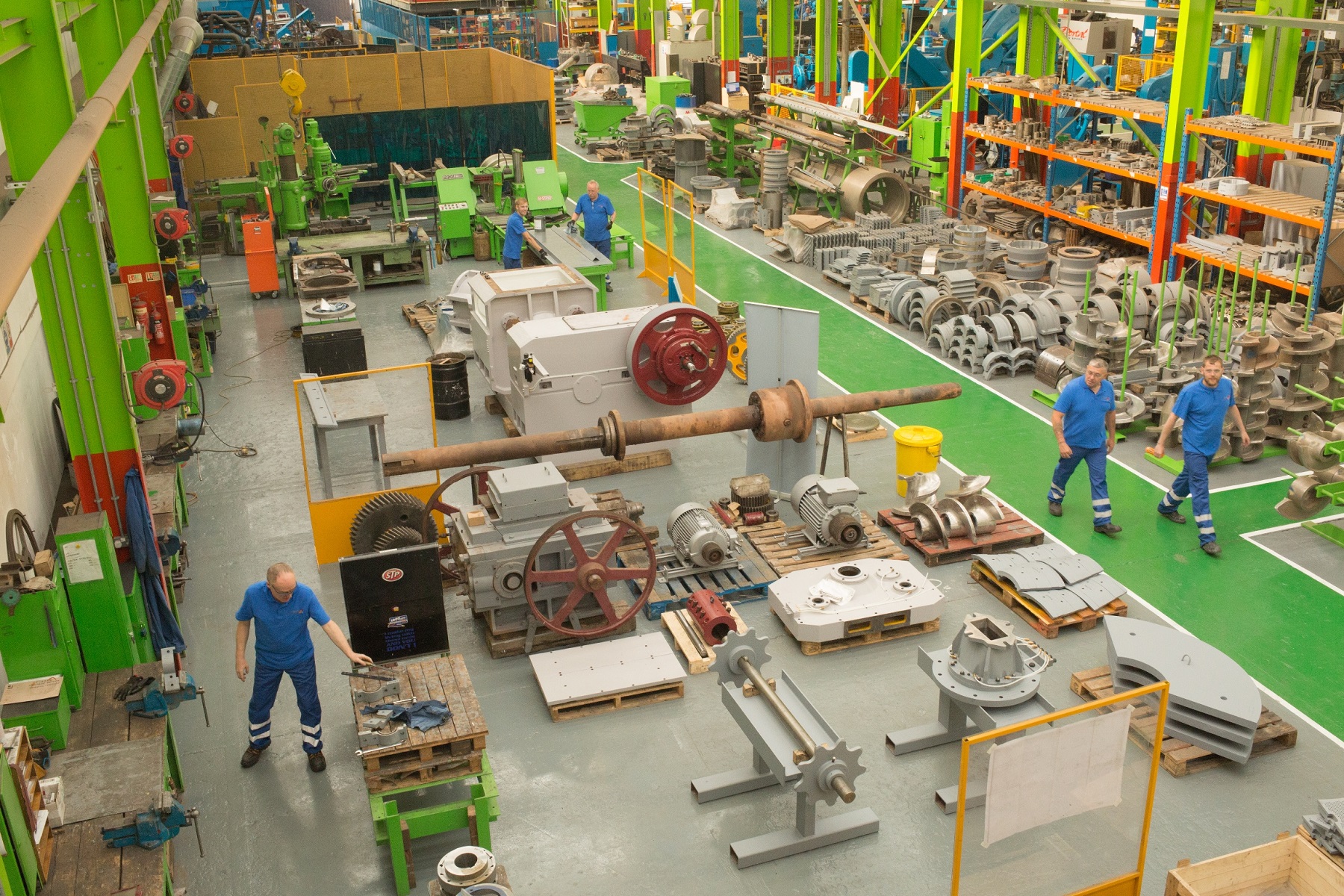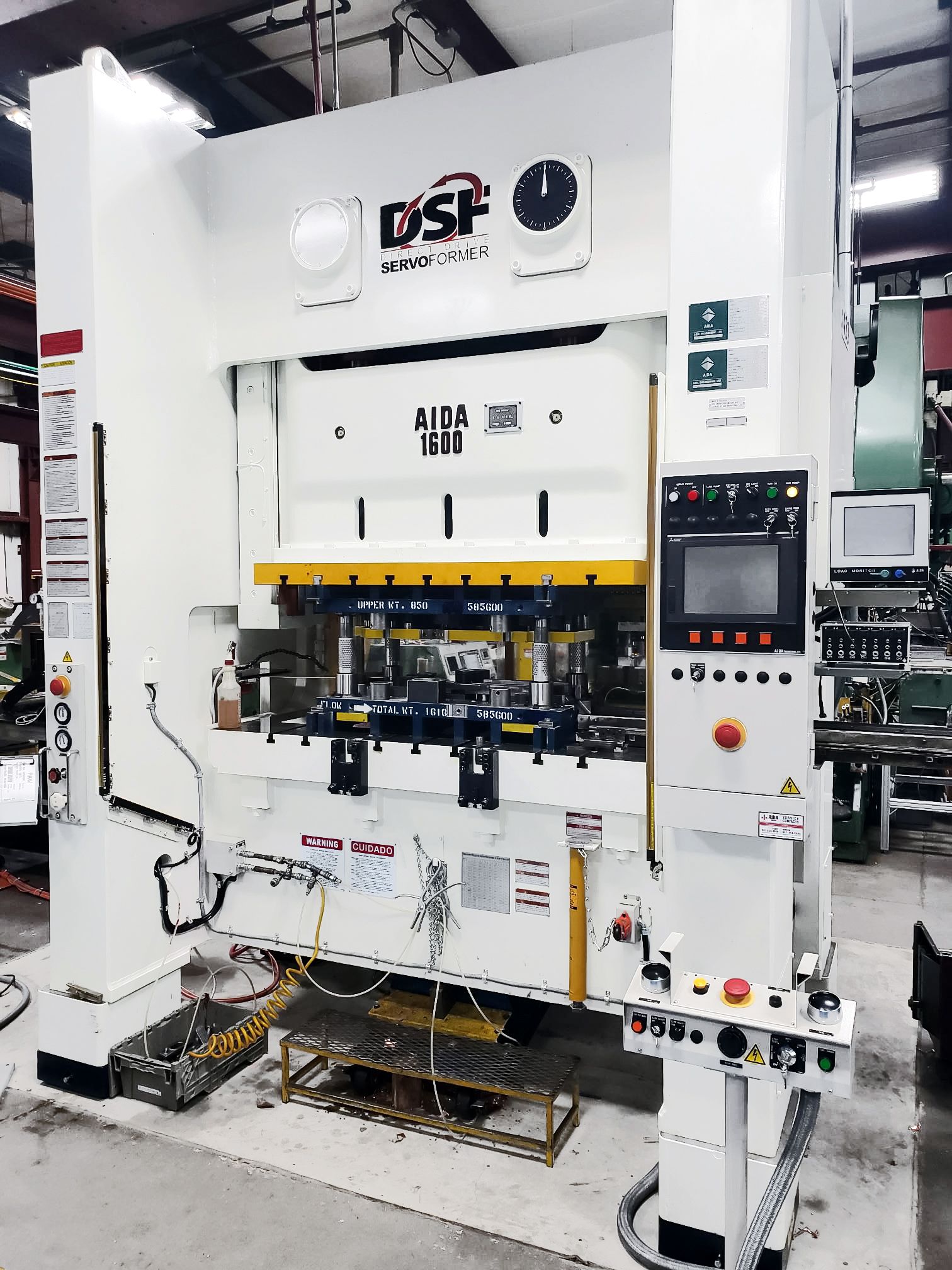With 19 machine tools under power ready for demonstration the Grand Opening of the new XYZ Machine Tools showroom in Huddersfield will take place on Wednesday 21st September. This will provide an ideal opportunity for anyone considering a machine purchase, with XYZ Machines on show ranging from the entry level KMX 2000 turret mill, through the ProtoTRAK range of bed mills and lathes, as well as Siemens controlled machining and turning centres, including the UMC-5X simultaneous five-axis machining centre and the brand new SS65 twin spindle turning centre. The doors are open between 9 am and 3pm with no requirement for pre-registration. XYZ Machine Tools team of area sales managers and applications engineers will be on-hand to provide demonstrations on any of the machines and to discuss individual machining requirements. Located just off junctions 24 and 25 of the M62 at Innovation 25, Unit 7 Bradley Business Park, Dyson Wood Way, Huddersfield HD2 1GN the XYZ Machine Tools Huddersfield showroom is ideally located for customers along the M62 corridor. In addition to refreshments being served throughout the day a buffet lunch will be available at midday and every visitor will receive a free vernier caliper, delivered after the open day, as a thank you for attending.
For further information www.xyzmachinetools.com






